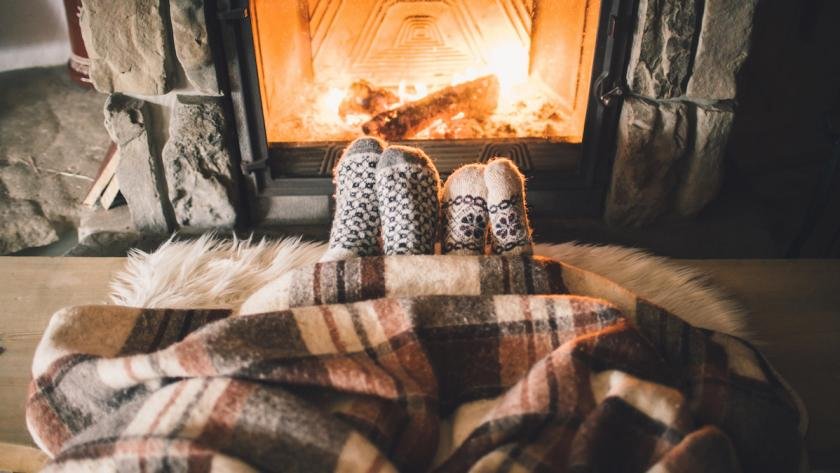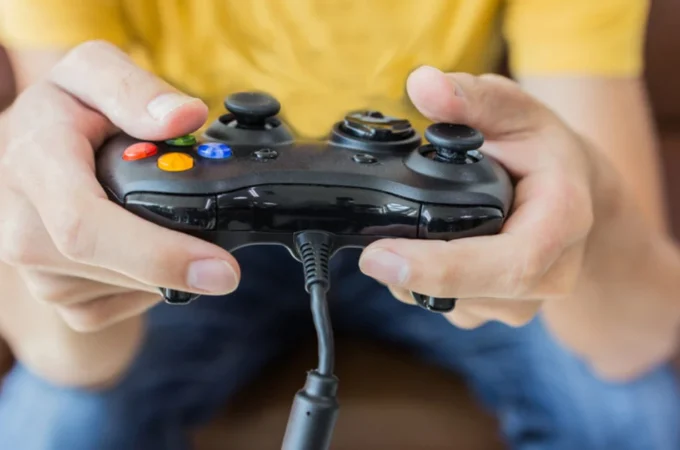
Practicing Hygge: How to Incorporate a Danish Trend Into Your Space
Hygge is a Danish way of living that’s gained worldwide attention, but for many people, understanding the basics of hygge is no easy task. And that’s partially because there are so many different definitions about what it is. Some people call hygge the “art of creating intimacy” and others call it “cozy togetherness.”
But across the many hygge definitions you’ll find, the thing they all have in common is that they each focus on creating an experience and not on products. Traditional interior design emphasizes material things, while hygge emphasizes the feeling that you get from curating material things to create an experience. This feeling makes us feel warm, safe, and comfortable. Here’s how you can practice it in your own home:
Create a Nook
Hyggekrog is a word that translated into “nook,” and it’s the part of the home that you can snuggle up in, get cozy, read a book, or just relax and be in the moment. To really infuse your home with hygge, don’t forget to create a nook in your design. Outfit this comfy space with some blankets, pillows, and soft lighting. Ideally, your hyggekrog will be near a window, but this doesn’t always have to be the case.

Play With Textures
Hygge isn’t just about how things look, but how things feel. Because of this, it’s important for you to play around with tactile textures. Glass, steel, and plastic aren’t the only things you should be able to feel in your home. Wood, fur, ceramic, wool, and leather are great textures to spread throughout your space.
Ceramics play a big role in hygge design, and you can incorporate it throughout your space. A nice teapot, dining table vase, or decorative wall pieces can all do the trick.
Letting the Light Shine
Light plays a crucial role in hygge. One survey asked Danish people what they felt was most associated with hygge, and 85% responded “candles.” And in Denmark—the capital country of hygge—there are more candles burned per head than anywhere else in Europe. Candles create an instant hygge of sorts, though they do not have to be scented—this one’s all up to you. If you want to use many candles often, it’s best that you have a mixture made up of mostly non-scented candles. Note: be sure to air out your space after an evening (or day) of candle burning.
Use lamps to create pools of light, focusing on low-temperature lighting. But there are plenty of lamp options to explore. The PH lamp was made after a decade of experimentation. A series of layered shades allows the lamp to diffuse and disperse light while concealing the light bulb. The LE Klint is a lampshade made with folding pleats, and the Panton VP Globe is a lamp that casts calming and diffused light from the center of its rim.

Lastly, don’t forget about natural light. Allow natural light to flow through your room using a nice sturdy set of blinds, sheer curtains, and using light colors in your space (so that light can reflect off of it and create the illusion of a bigger, airy space).
Bringing Nature In
One of the most important aspects of hygge is nature; after all, nature is what makes us comfortable. Any layer of nature that appeals to you is worthy of bringing inside. Decorative wood items, plants, flowers, and clay are all just a few noteworthy elements of the outdoors. Add a layer of sheepskin or cow skin on the floor for that cozy cabin feeling.
Throw In Blankets & Cushions
Scattered blankets and cushions are a must; they embody the coziness culture of hygge. As you purchase different blankets and cushions, keep the aforementioned tips in mind, considering texture and ambiance. Different sized blankets in wool, fleece, and cotton are essentials, and cushions in all sizes and patterns also do the trick. These lifestyle products are the crux of comfort, and they’ll take center stage when you’re enjoying your nook, sipping hot chocolate or tea, or simply watching a movie in your living room.




